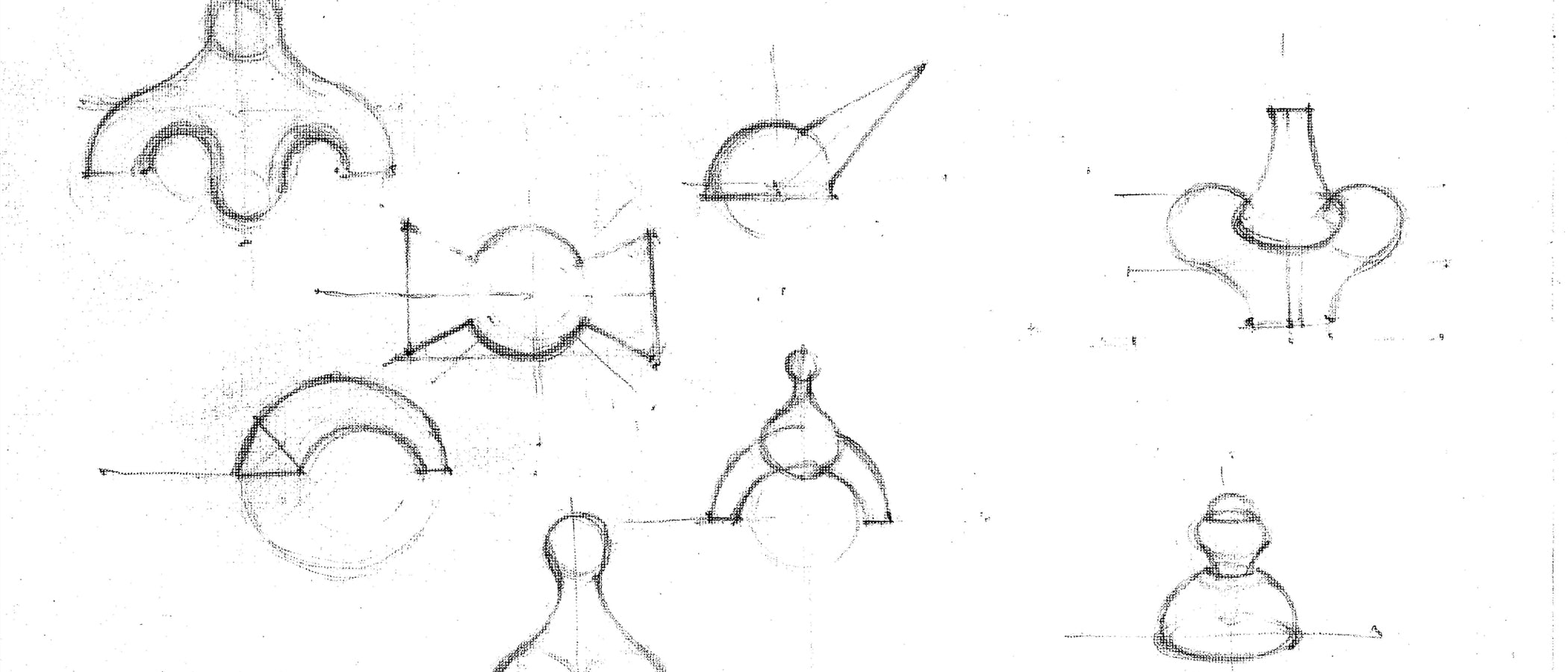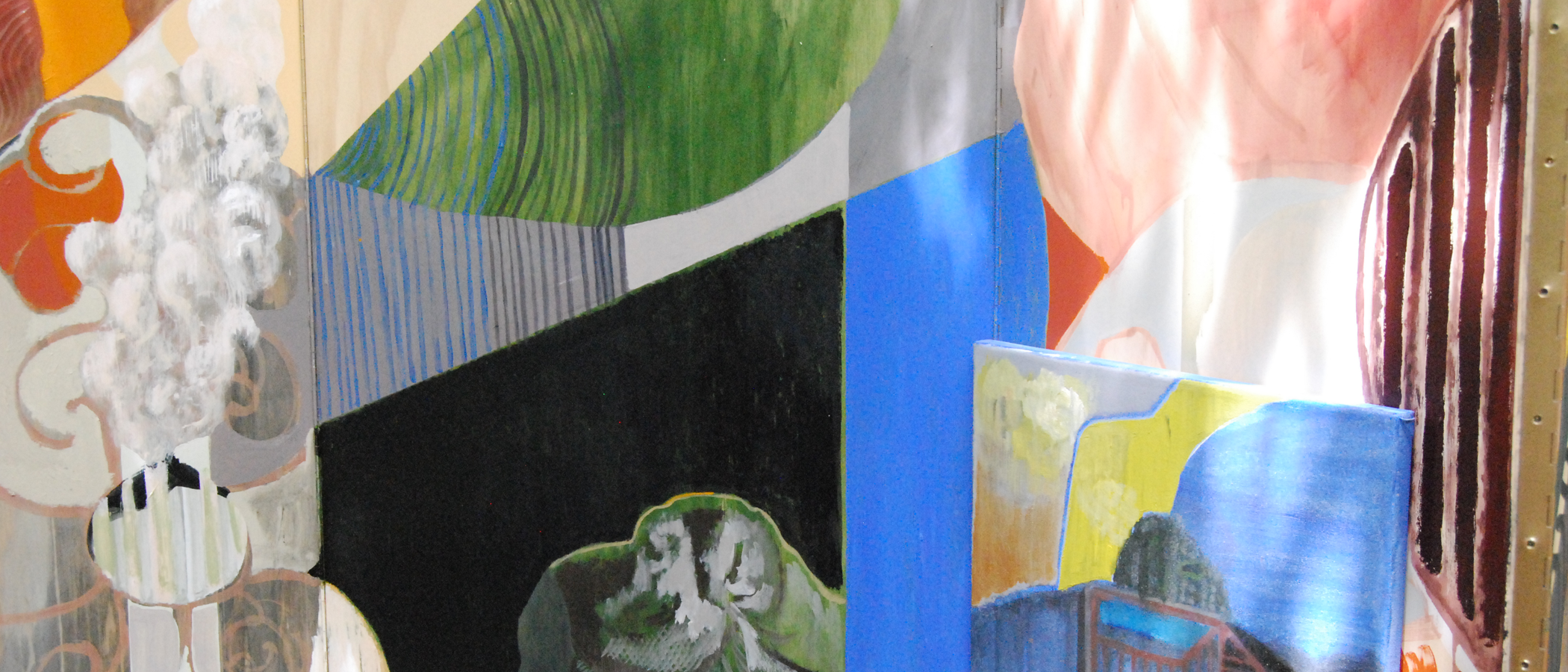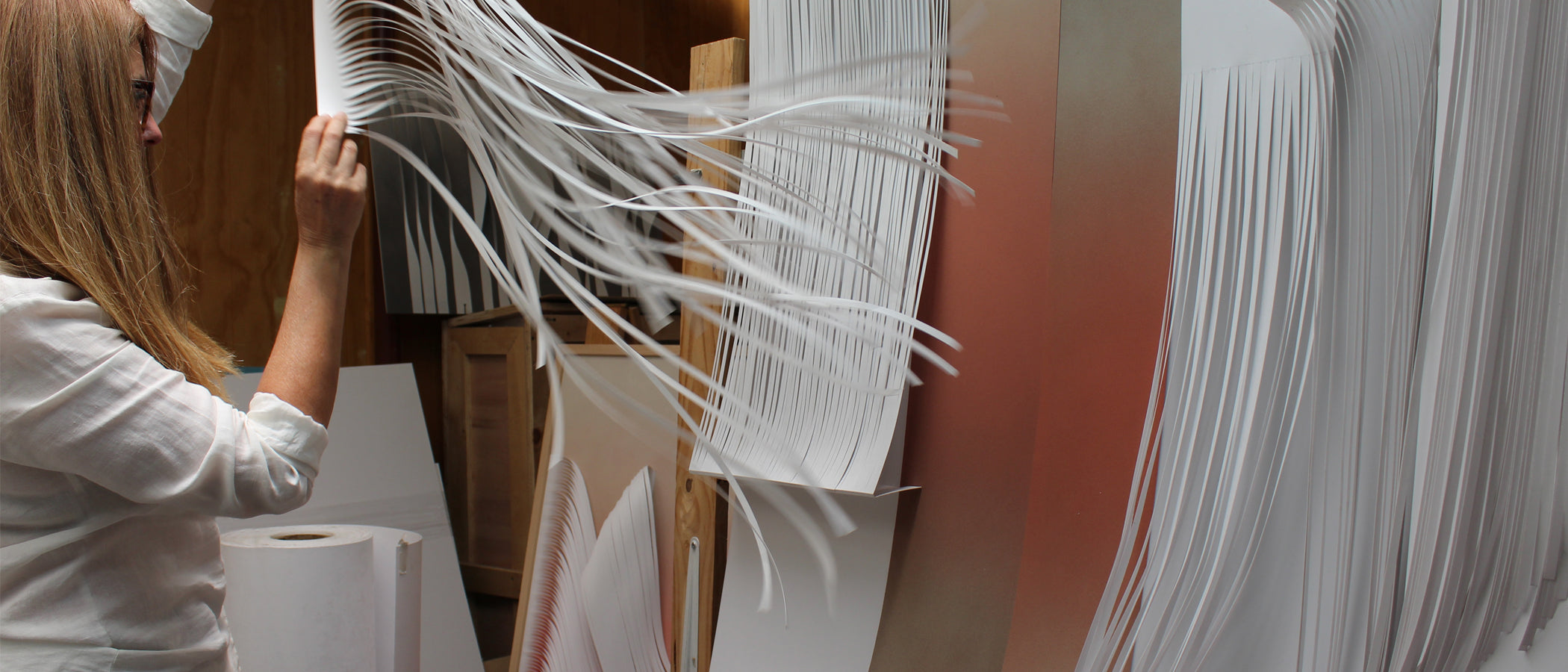
Raw material
Marcela Paz Undurraga was born on March 21, 1990 in Santiago, Chile. Between 2009 and 2012 she studied Visual Arts, majoring in sculpture at the Universidad Finis Terrae. She then entered the Pedagogical Training Program for Graduates at the Catholic University of Chile. Between 2015 and 2017 she worked as an Assistant in the Diploma of Sculpture in Ceramics at the Universidad Finis Terrae. During 2017/2018 she studied a Master's Degree in Ceramics: art and function, at the University of the Basque Country, Spain and between January 2019 and March 2020, she worked as a Visual Arts instructor and Content Assistant at NubeLab; a creative processes laboratory. She currently lives and works in France.
She has participated in various exhibitions and biennials, among which the following stand out: May 2017: "Bienal Revelations 2017", Grand Palais, Paris, France; September 2017: Collective exhibition "Container; design in Ceramics", CCPLM, Santiago de Chile; November 2018: Collective exhibition "Blockbuster" - Espacio Andrea Brunson - Vitacura, Santiago de Chile, May 2019: Participation in "Bienal Revelations 2019", in Grand Palais, Paris, France; September 2019: Collective exhibition "Juego de Elementos", Espacio Arte, Centro Cívico Lo Barnechea, Santiago de Chile; March 2020: Collective exhibition "Anchor", Galería Casa Uno, UNAB Creative Campus, Recoleta.
Tell us a little about yourself and the reason why you decided to be an artist.
Since I was little I have enjoyed collecting things, mainly antique objects and elements of nature. My mother is an architect and my best memories as a child are being surrounded by papers, pencils, scissors, staples, markers, rulers and objects for technical architectural drawing. I remember my first painting class at school - as a teenager - where I discovered something in painting that I had not experienced before with pencils and paper. I don't know exactly what it was, but when I finished the class and got home I remember that I told my mother and father that I wanted to be an artist. From that moment until today, I have not been able to construct my own definition of what it means to be an artist, but on the contrary, I have enjoyed and reflected on each new or old definition that I read and/or hear.

I think I initially decided to study art because I felt a strong attraction to techniques and different ways of creating. After several years I was able to understand with a little more clarity what it means for the culture and history of a territory to work as an artist. Today I feel grateful to do what interests me and what I think I can contribute to inhabiting this world in a healthier, more reflective and harmonious way.
I think and live being an artist as a daily exercise of searching, questioning and constant change. I walk a path of exploration and research where I don't see an end, but rather possibilities that sometimes come to fruition and other times transform.
How did you get into the world of ceramics?
In 2012, the last year of my Visual Arts studies at the Finis Terrae University, with Elisa Aguirre as my guide teacher, the time came to take my final exam, and for reasons that I still don't know, I wanted to do it in dirt. Since I had no knowledge of what kind of dirt to use and whether I had to combine it with any other element, I asked the sculptor Enrique Ordoñez (who at that time worked as a teacher at the university) and he told me to use clay soil and mix it with sand and straw. That's how it all began... I used dirt from the hill where I lived. I remember the experience fondly, because - in addition to the time and physical energy that the process required - going with a wheelbarrow to get dirt from the hill was something that did me a lot of good. What followed were weeks and weeks of the straw rotting in dirt, water and barefoot stomping, to finally cover 21 metal and chicken wire objects that I had built simultaneously. This was my first sculptural experience with wild earth, which, due to its plasticity when moistened, I suspect always had a high percentage of clay.
After this, in 2014 I joined the Huara-Huara Ceramics Workshop in Santiago de Chile, where I came into direct contact with ceramic paste, learned about different construction methods and, above all, was able to share with many different teachers and students. It was a very enriching experience, since Ruth Krauskopf - its director and teacher - promoted a creative space full of reflection, constructive criticism and - in a very committed way - that everyone had a place for their own questions and answers.
After that, between 2017-2018 I had the opportunity to further my ceramics studies in a Master's degree at the University of the Basque Country in Spain, where - by distancing myself from what I had been doing at the Huara-Huara Workshop - I was able to broaden my questions and therefore my experiences in working with earth. The weight of things, working in solids, the transience of matter, wild clays and different firing temperatures were my main subjects of study.
Describe your work in three words/concepts
Abstraction / Elementality / Transience

Could you tell us about the inspiration/observations that led to your work?
I identify in the shapes and spaces of my daily life harmonies of light, texture, matter and emptiness that I seek to highlight through my work.
I am interested in exploring how the language of abstraction allows us to connect ideas, memories, recollections, landscapes, things... as if it were an inexhaustible game of possibilities.
I recognize in the manual work of clay a temporal experience that allows me to experience time and its transformative power. I am interested in dialoguing with the material I work with in order to - at a given moment that depends mainly on my own pulsations - decide to perpetuate a form in time and space.
Do you have any contemporary or historical artists who influence your work?
Hilma af Klint, Gabriel Orozco, Cecilia Vicuña, Wolfgang Laib, Carl Emil Jacobsen
What inspires you at the moment?
I am inspired by universal and elemental forms, such as the sphere, the cone, the pyramid, the cube and their multiple possibilities of relationship and synthesis. I recognize in symmetry, balance and opposites an evocative and simple force that moves me to create, the inherent transience of the materiality with which I work and its transformation processes, the wide range of material possibilities that clay offers me in terms of its aesthetic aspect, such as color, dimensions, texture and also the various construction techniques, in the dynamic and interactive possibilities of working with space - matter and the body as a mediator between the two, in my body and mainly my hands, as a counterform of what I build - which in turn - determines the dimensions that I am able to address in spatial work.
What makes you most proud as an artist?
To value the possibility of living experiences where the physical and sensitive condition of the human being intersect and allow us to keep our reflective and contemplative capacity awake. To believe in the transformative power of doing things and sharing them.
What are your current plans? (Tell us a little about your studies, projects abroad, etc.)
I am currently starting a life in France. Together with my partner we are renovating an old garage to make our workshops and other spaces available for shared experiences, such as exhibitions, workshops and performances.
He works with metal and I work with ceramics. We are interested in creating a work project that allows us to address our personal research and also open ourselves to the possibility of generating collaborations with other creators and artistic initiatives in the region.
See works by Marcela Undurraga

